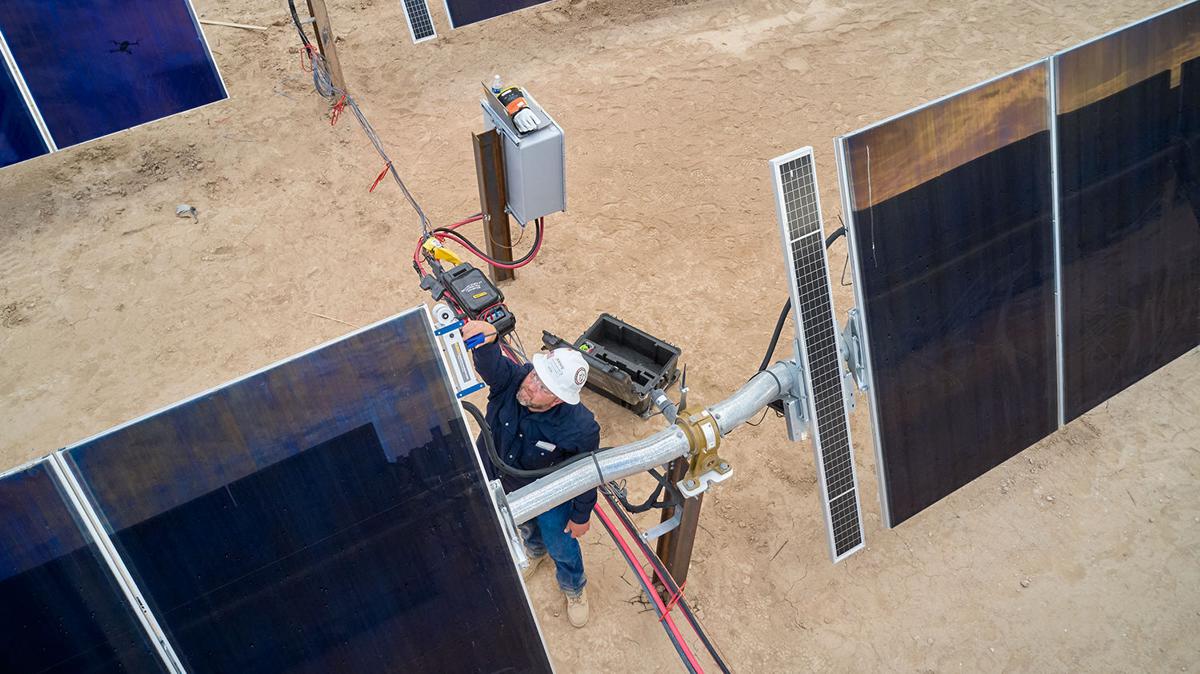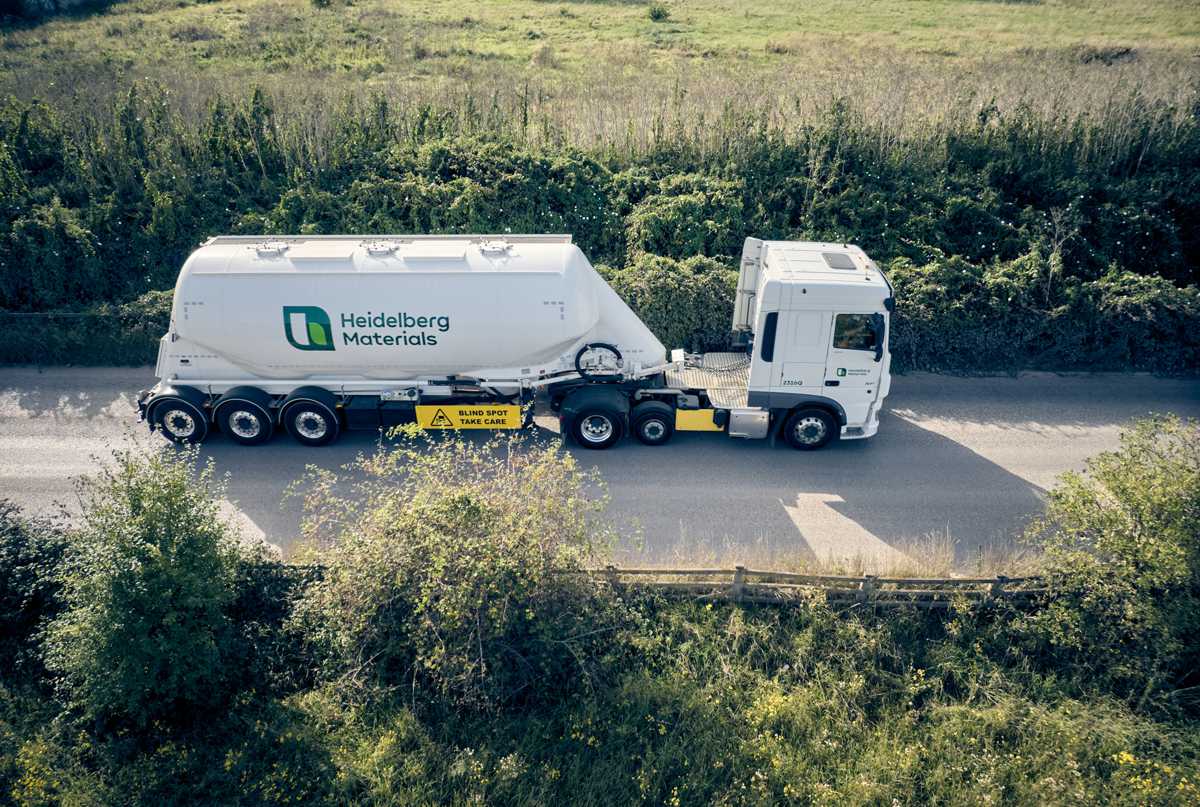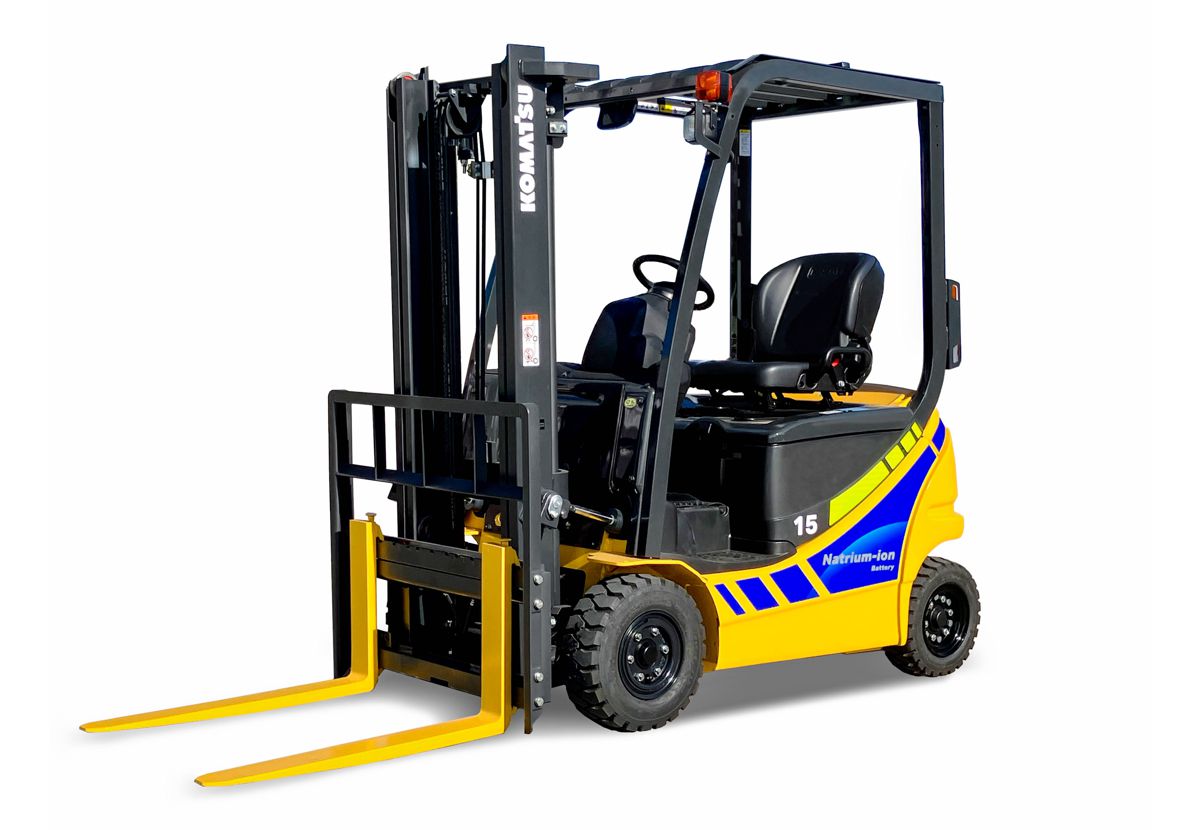Heathrow will reduce freight emissions and still increase cargo capacity
Speaking at the BCC International Trade Summit today, Heathrow’s Non-Executive Chairman Lord Deighton announced a new ten step Blueprint for Sustainable Freight plan to reduce the impact of freight vehicles around Heathrow. Lord Deighton’s speech is the first time the airport has publicly addressed the challenge of the environmental impacts of cargo and set out its plans to ensure that even as Heathrow and freight volumes grow with expansion, overall airport-related traffic on the road does not increase in number compared to today.
Heathrow is the UK’s biggest port by value – responsible for handling over 30% of the country’s non-EU exports by value – more than the ports of Southampton and Felixstowe combined. Heathrow’s role as a trading hub will grow as expansion takes place, with cargo capacity set to double with the addition of a third runway. Currently, the majority of freight movements – 2.75 million freight vehicle movements each year- are made to support the airport’s cargo operations.
The ten practical steps set out by Lord Deighton in his speech today detail how freight operations can be more efficient, responsible and sustainable in the future. These proposed steps include:
- Using innovation through tools like a load consolidation “Heathrow Cargo Cloud” app for local forwarders and the trial of low emission freight vehicles and geo-fencing technology to reduce emissions on local roads;
- Investments in airfield charging points to install an ultra-low emission zone for vehicles on-airport;
- Modernising cargo infrastructure at the airport to allow for more airside transhipments, consolidation points away from airport local roads and a new cargo village that reduces unnecessary vehicle movements;
- Working with local authorities to address congestion points with a Code of Conduct for operators, and a joint strategic freight plan for local roads.
The steps outlined today show how the airport is delivering against the commitments set out in Heathrow 2.0, the airport’s sustainability strategy. Along with Heathrow’s ambitious plans to increase public transport use, and push forward on incentives like car sharing and taxi back-filling these steps will ensure that there is no more airport-related traffic on the roads compared to today with expansion.
Local residents and businesses will have the opportunity to feed into proposals on freight and Heathrow’s expansion, as they will form part of the airport’s public consultation process.
Speaking to delegates at the BCC International Trade Summit in Birmingham, Lord Deighton, Heathrow Airport’s Non-Executive Chairman said: “Heathrow is dedicated to keeping the UK economy growing – but at the same time, we have pledged to be a sustainability leader and made promises to our local communities that we intend to keep. The ten steps we have outlined today allow us to keep building on our cargo strength and role as Heathrow’s biggest port by value, while restricting the emissions and local impacts of freight vehicles.
Through innovation, partnerships and our unwavering commitment to be a better neighbour, we are showing an expanded Heathrow is not a choice between the environment and the economy – we can deliver benefits for both.”
Chris Welsh, Director Global and European Policy, Freight Transport Association said: “Heathrow’s Blueprint for Sustainable Freight is a collaborative and pioneering plan, by establishing a sustainable freight group, Heathrow will gain valuable insight from industry to develop procedures that are synergetic and will satisfy both Heathrow’s ambitious environmental goals as well as increasing the efficiency of freight operations in and around the airport. We look forward to working with them.”
The Ten Steps outlined by Lord Deighton today are:
1. Launch an online load consolidation tool by 2017
Starting later this year, hundreds of trucking companies and cargo freight forwarders based around the airport will be able to access an online tool to consolidate freight loads coming into and out of Heathrow, as part of a new “Heathrow CargoCloud”. This app will help improve efficiency, and reduce the number of trucks and emissions on the roads surrounding the airport.
Companies that subscribe to the load consolidation app will be able to exchange and share information about any spare capacity on their vehicles, or ask for help on a load they need to be transported. The app will work to match them, and they then contact each other offline and discuss the opportunity.
The “Heathrow CargoCloud” will be the UK’s first app of its kind.
2. New Cargo Village delivered with expansion
Heathrow will help major partners deliver a modernised, more efficient cargo village to allow more direct trips to the airport This will increase capacity to allow more cargo to be processed on airport, helping to reduce the need for shuttling movements to and from off airport warehousing, which represent around a third of cargo related trips.
3. Increase airside transhipment facilities
Heathrow will begin consulting on plans to install airside transhipment points to eliminate the need for goods to be transported landside to the cargo area or pass through control posts twice by the time the airport expands. Streamlining air-to-air processes will reduce transit times, trucking costs for handlers, free up warehouse space, and of course, reduce emissions and the number of freight vehicles involved.
4. Consolidation facilities to reduce traffic on local roads
Today, up to 36% of freight vehicle trips are made moving goods between sites. As part of the airport’s plans for expansion, they will consult on building enhanced off airport consolidation centres to reduce the number of freight vehicles on local roads, most of which are not carrying full loads.
These consolidation centres will build on the success of Heathrow’s retail consolidation centre, which has already reduced the number of supplier vehicles on the roads entering the airport by 42%. The policy has also driven behaviour change through the supply chain helping to consolidate loads before they even arrive at the consolidation centre.
5. Local Code of Conduct for Freight Operators
In 2017, Heathrow will work with the freight community to deliver a Code of Conduct for all Heathrow freight operators to reduce impact on local communities. The Code of Conduct will focus on the behaviours that impact most on the local communities around the airport. These include inappropriate parking, littering, vehicle routes and aggressive driving.
6. Integrated, Enhanced Enforcement
Heathrow will work with the local highway authorities and boroughs around the airport to develop an integrated, consistent approach to enforcement. This would include closer working relationships between parking and traffic enforcement teams, sharing of information and co-ordination supported by Heathrow so matters can be addressed across all boroughs rather than merely displacing the issue.
7. Deliver a strategic freight plan with local authorities
Heathrow’s expansion masterplan will be developed in conjunction with local authorities to prioritise efficient cargo operations in planning the land use around the airport. The Airport is leveraging the investment and opportunities of expansion to improve local road pinch-points which currently cause congestion and have not been adapted to freight vehicle demands.
As part of a coordinated approach with local authorities, they will identify appropriate locations for freight facilities to try and avoid inappropriate traffic movements close to residential areas.
Local residents, authorities and businesses will have the opportunity to feed into our proposals, as part of the airport’s public consultation process on Heathrow expansion.
8. Institute a Sustainable Freight Group
In 2017, Heathrow will establish a partnership with leading cargo and freight companies including DHL, the Freight Transport Association, IAG Cargo, Dnata and the British International Freight Association (BIFA). The Sustainable Freight Group will meet twice a year to exchange experience and best practice, support the development of initiatives to reduce emissions from freight activity at the airport and feed into local and national freight policy development. Specific areas that the group will address:
- Supporting the roll out of freight accreditation schemes with emissions reduction targets – building on existing initiatives such as FORS or ECOSTARS;
- Trialling and sharing experience with new low and zero emission vehicle technologies, and supporting infrastructure;
- Identifying measures to improve efficient and consolidated freight movements to and from the airport.
9. Trial of low emission vehicles and technology on local roads
While most road traffic on major roads around the airport is not attributable to airport operations, Heathrow is committed to reducing their share and welcome the latest Ultra Low Emission Zone (ULEZ) proposals from the Mayor of London, including his plans to implement a London-wide ULEZ for heavy vehicles by 2020 which would cover the areas around the airport and they will consult freight companies this year on their views on how we can deliver this in cooperation with them.
To tackle emissions and promote the use of electric vehicles, Heathrow has invested or approved over £4 million in vehicle charging infrastructure since 2014 including 45 charging points for operational vehicles. To facilitate the move towards a London-wide ULEZ for heavy vehicles, in the lead up to delivering expansion, Heathrow will look to trial the use of low-emission freight vehicles and geo-fencing technology to encourage electric mode use of vehicles.
10. Ultra-low emission zone for airside vehicles
As part of their sustainability strategy, Heathrow 2.0, the ambition is to reduce nitrogen oxides (NOx) emissions from airside vehicles by at least 50% by 2020 and 70% by 2025 (from 2013 baseline.)
More than 400 companies operate around 8,000 vehicles airside at Heathrow – and cargo operations are a significant component of that activity. Over the past 14 years, the Airport has worked closely with airport companies through the Heathrow Clean Vehicles Partnership to facilitate collaborative trials of low and zero emission vehicles, promote best practice in sustainable fleet management, and provide free guidance and training to reduce emissions.
To further encourage companies operating on the airfield to make their fleets more sustainable, in 2025 Heathrow proposes to introduce airside vehicle emissions standards in line with London’s ULEZ. This will allow control of airside access and tie airside vehicle permits to the age and emission standards of cargo and other airside vehicles and eliminate the use of the most polluting vehicles.















